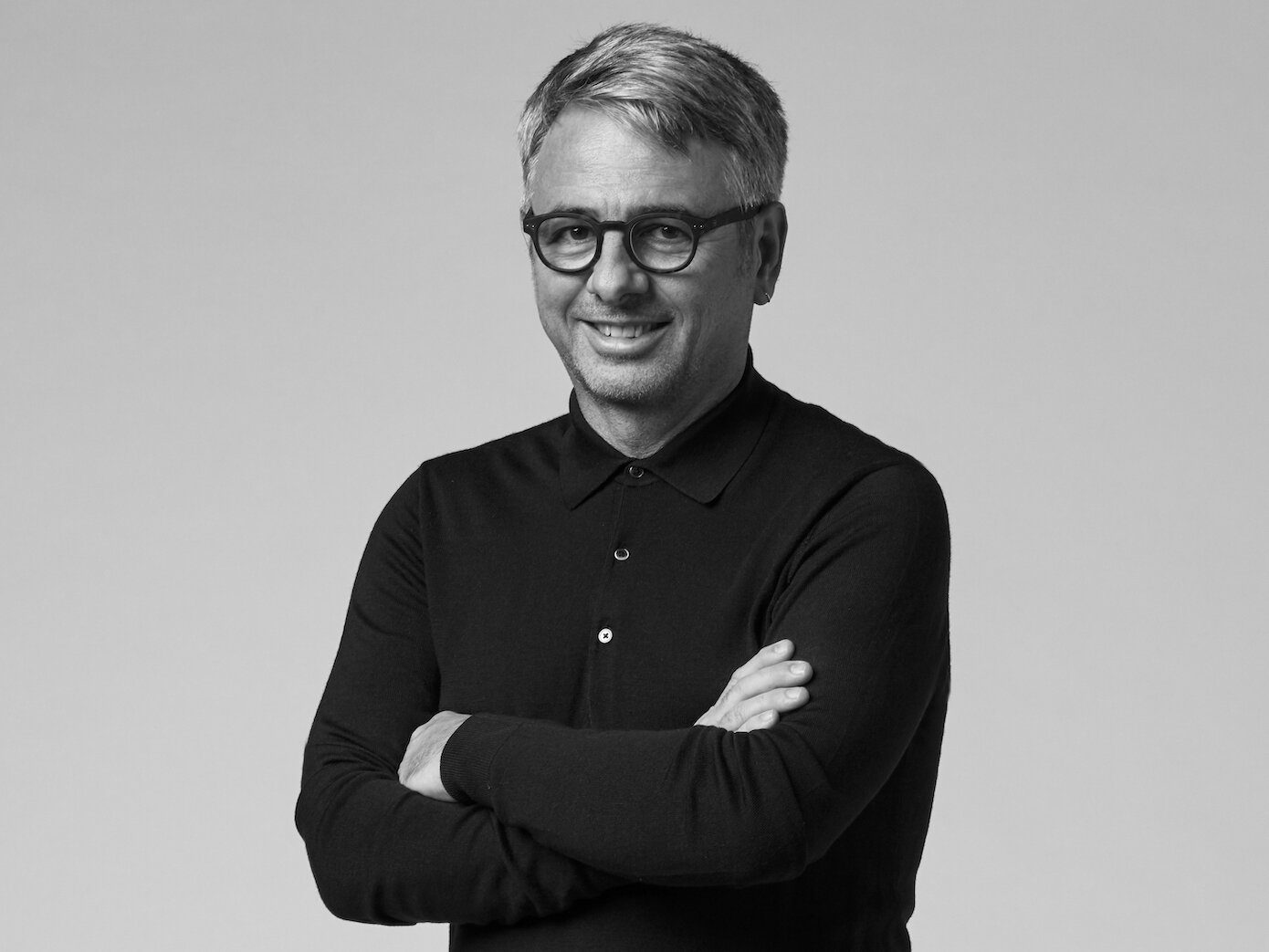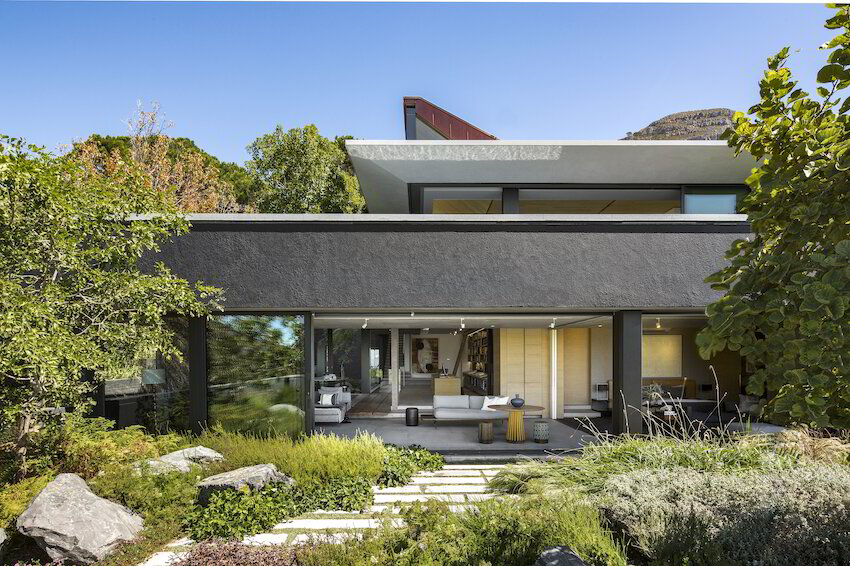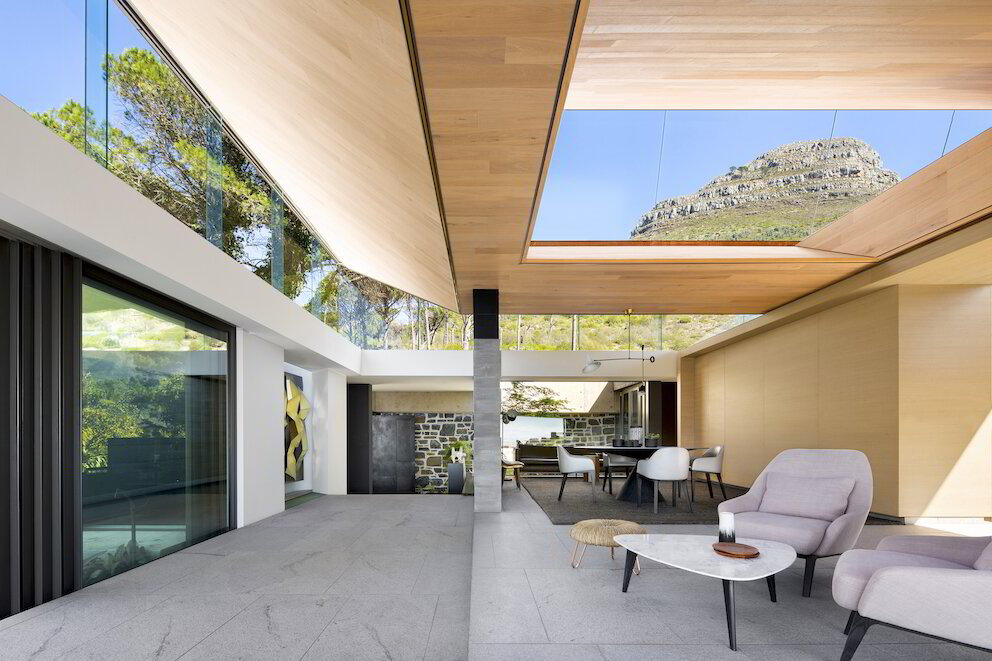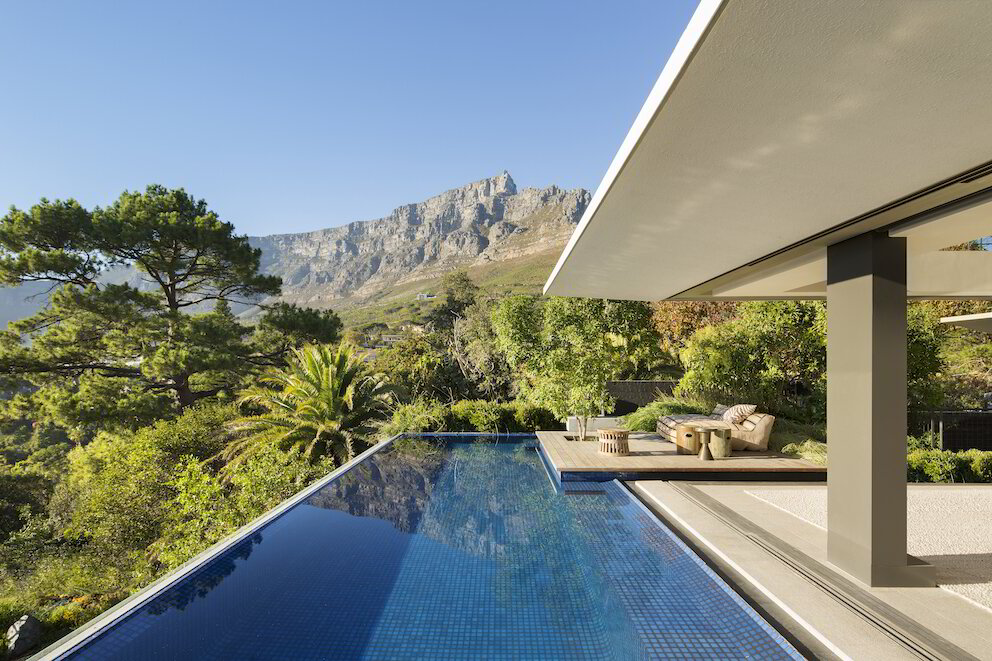

| CANVAS OF PLANS & DRAWINGS |
INTERIOR & DÉCOR, but with a twist |
| HOTELS & RESTAURANTS, beyond mainstream |
Notes on ART |
| Into big AFFAIRS | INSIDERS |
| GLIMPSES | |
Keywords:


“We do not need our houses to protect us from the environment around us. We actually want them to be filters at last, to engage in the landscapes. I thought quite a lot about how one could draw the landscape and draw the mountain into the space we inhabit. The mountains, the big experience, and it was the thing that we wanted to unlock” – Greg Truen


